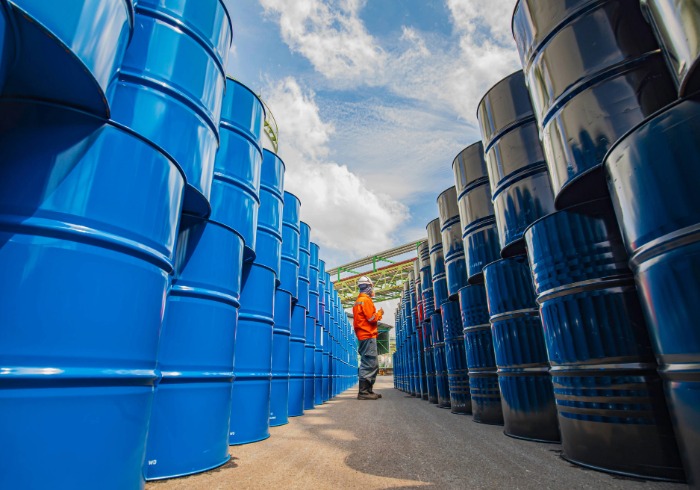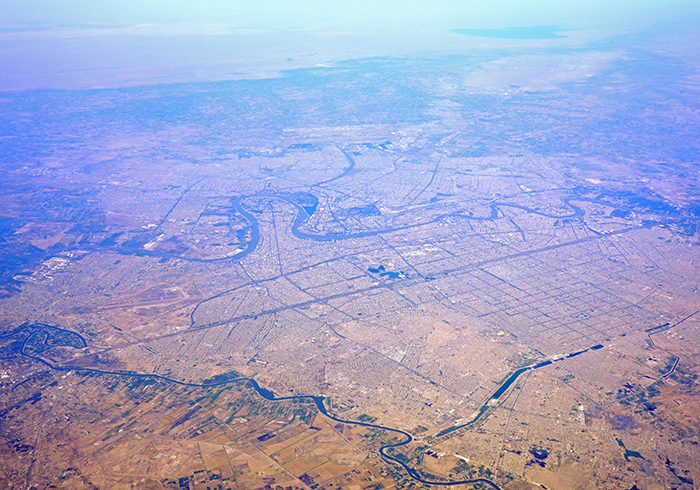Net zero targets are likely to be missed as global oil and gas demand could continue to grow until 2050, the International Energy Agency (IEA) has said.
The IEA’s annual outlook report published on November 12 pointed to a continued rise in fossil fuels usage and a slowdown in the transition to cleaner fuels as several global economies fail to put an end to investment in new oil, gas and coal projects.
The Paris-based energy security watchdog’s previous projections – before Donald Trump’s second presidential term – pointed to a peak in oil demand before the end of this decade, followed by a speedier adoption of green energy.
The revised 2025 scenario, which is based on current policies, now forecasts that global oil demand will not peak before 2050, and that liquefied natural gas (LNG) supply is set to grow 50% by 2030.
Its estimates come as President Trump has repeatedly called on US companies to expand oil and gas production.
The World Energy Outlook (WEO) report features three main scenarios, each mapping out a distinct energy future depending on the adoption of different policy, investment and technology choices related to energy security, affordability and emissions.
It includes a more positive scenario describing a pathway to reduce energy emissions, which would be in line with net zero pledges by more than 190 countries at the Paris climate talks 10 years ago to keep rising temperatures to no more than 1.5°C.
However, the IEA warned that the world was currently set to surpass its global warming goals “in any scenario, including those with very rapid emissions reductions”.
The intergovernmental agency nevertheless believed there was still “scope to avoid the worst climate outcomes”.
Despite continued fossil fuel demand, renewable energies were still poised for faster growth than any other major energy source, led by solar power, the IEA predicted.
The group also argued that better market balances for oil and gas were “no cause for complacency”, as both sectors remained exposed to geopolitical risks. Additionally, faster demand growth, whether in response to weaker energy transition policies or lower prices, could still “quickly erode what buffers they have”.
The IEA urged governments to “pursue greater diversification of supplies” as well as to cooperate more with one another “to help navigate the uncertainties and turbulence ahead”.
China’s critical minerals dominance threatens energy transition
Notably, the IEA called for stronger action by governments to avoid potential energy security gaps, warning that the availability of oil and gas supply was also threatened by “vulnerabilities” in critical minerals supply chains.
This was mainly due to China being the “dominant refiner” for 19 out of 20 energy-related strategic minerals, with an average market share of around 70%, according to the report.
These minerals, including nickel and cobalt, are vital for power grids, batteries and EVs. They also play a crucial role in AI chips, jet engines, defence systems and other strategic industries.
The energy watchdog’s analysis of the pipeline of announced rare earths projects suggested that reversing China’s dominance “is set to be slow”.
“When we look at the history of the energy world in recent decades, there is no other time when energy security tensions have applied to so many fuels and technologies at once – a situation that calls for the same spirit and focus that governments showed when they created the IEA after the 1973 oil shock,” said IEA executive director Fatih Birol.
“With energy security front and centre for many governments, their responses need to consider the synergies and trade-offs that can arise with other policy goals – on affordability, access, competitiveness and climate change.”
The IEA’s latest edition of the WEO report also said that several emerging economies, led by India and Southeast Asia and joined by countries in the Middle East, Africa and Latin America, were set to increasingly shape energy market dynamics in the coming years.
“Collectively, they take up the baton from China, which accounted for half of global oil and gas demand growth and 60% of electricity demand growth since 2010, although no country or group of countries comes close to replicating China’s energy-intensive rise,” the report said.
Electricity takeover
Meanwhile, electricity demand is set to grow “much faster than overall energy use”, according to the report. Investors are reacting to this trend, it said, with spending on electricity supply and end-use electrification already accounting for half of today’s global energy investment.
Electricity currently accounts for only about 20% of final energy consumption globally, but it is the key source of energy for sectors accounting for over 40% of the global economy, and the main source of energy for most households, the report noted.
“Last year, we said the world was moving quickly into the Age of Electricity – and it’s clear today that it has already arrived,” Birol said, noting the “breakneck demand growth” from data centres and AI.
“Those who say that ‘data is the new oil’ will note that this surpasses the US$540bn being spent on global oil supply – a striking example of the changing nature of modern economies,” Birol added.
At the same time, energy systems around the world remain under threat from climate change impacts and the rise in cyberattacks, the IEA warned.
New data analysed in this year’s WEO showed that disruptions to critical energy infrastructure in 2023 affected more than 200 million households around the world. Power lines proved particularly vulnerable, with transmission and distribution grid damages accounting for about 85% of incidents.








